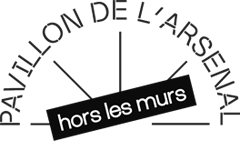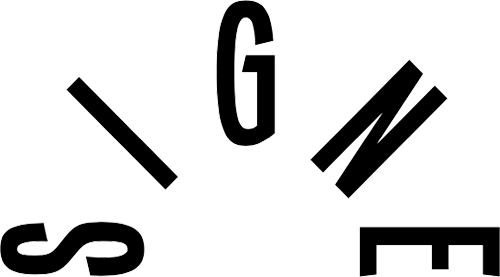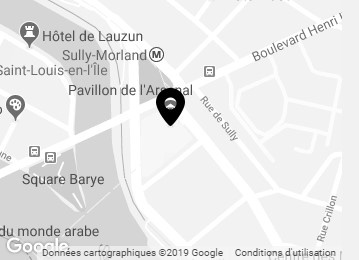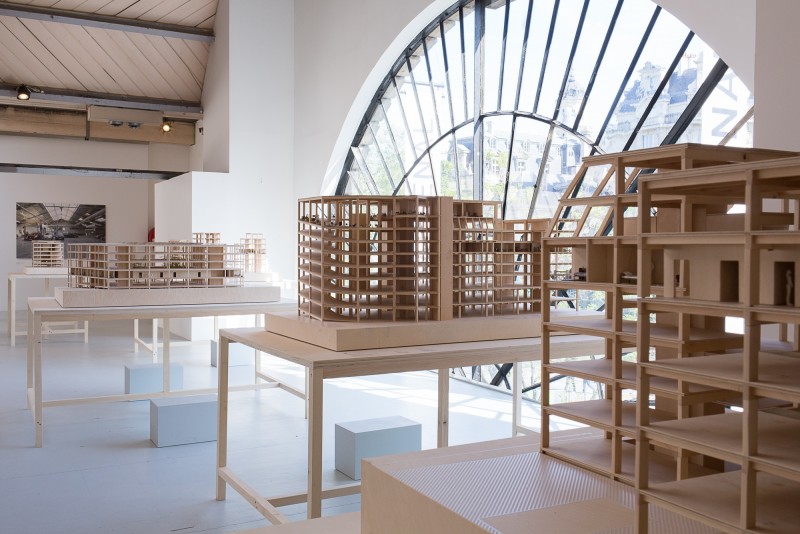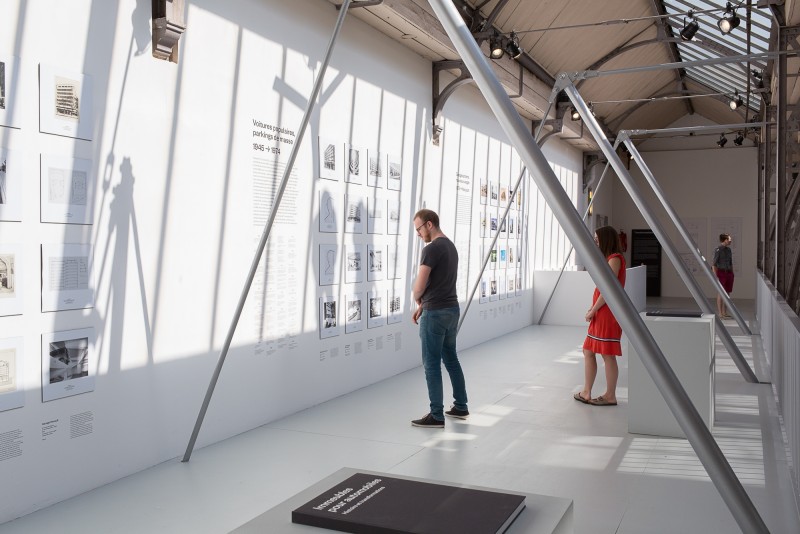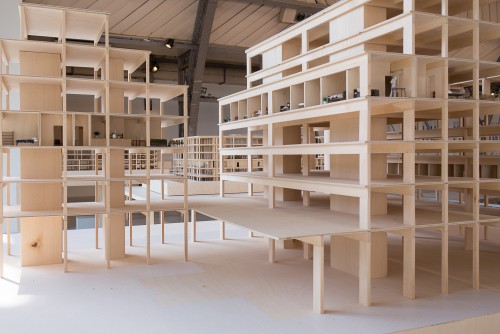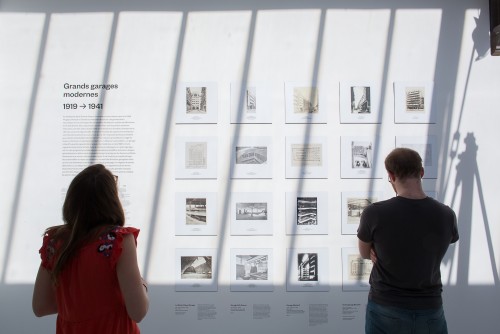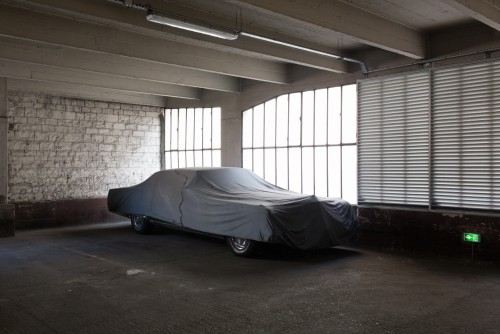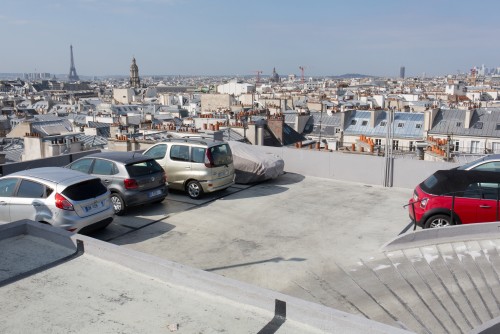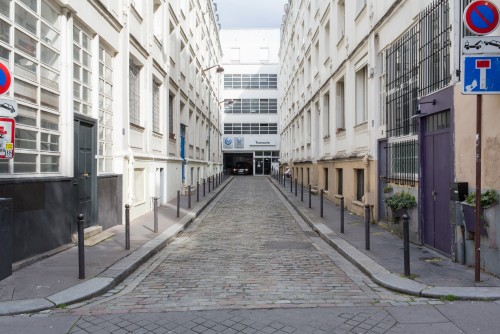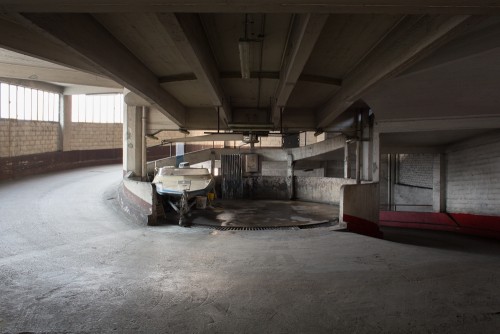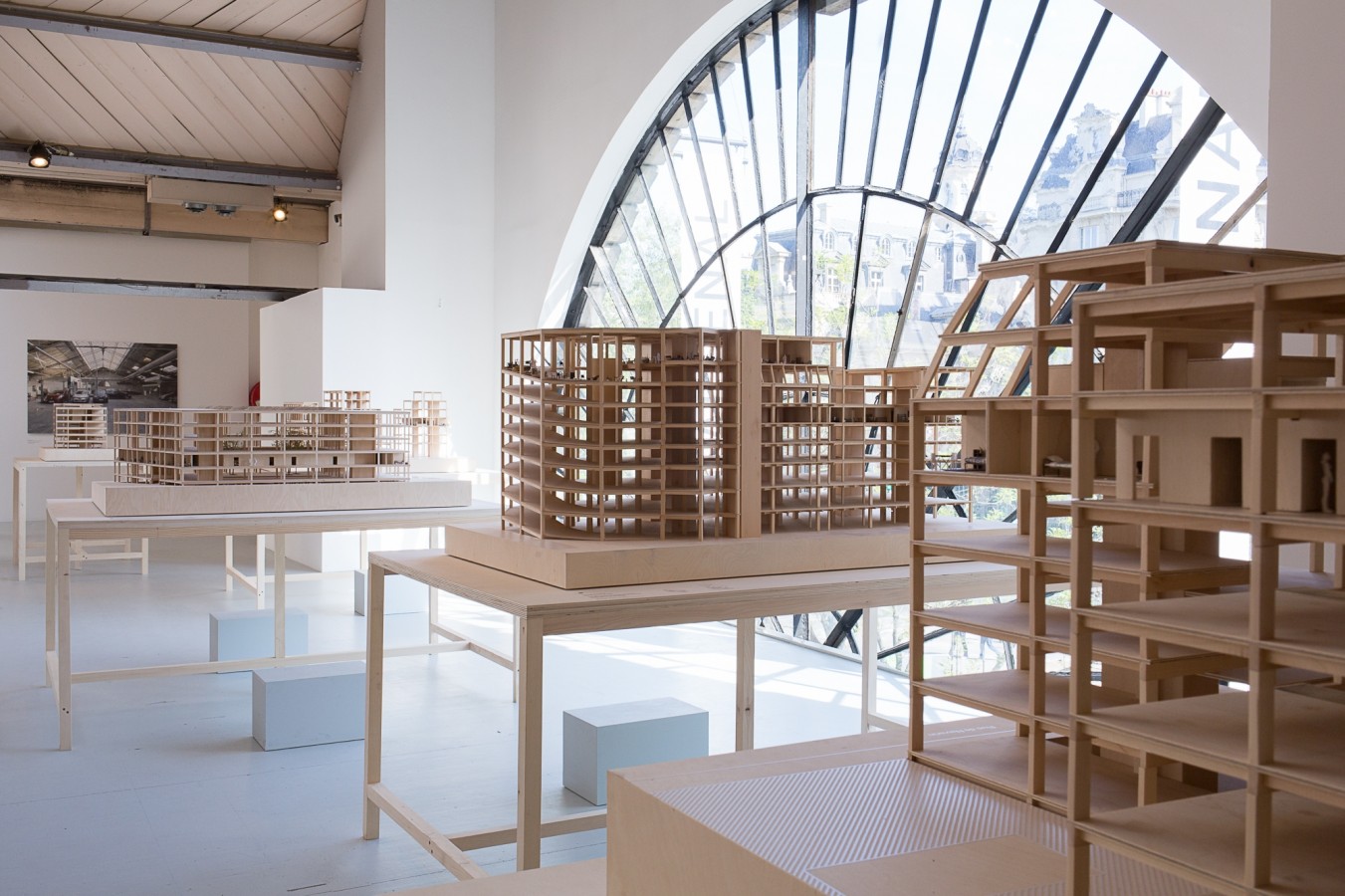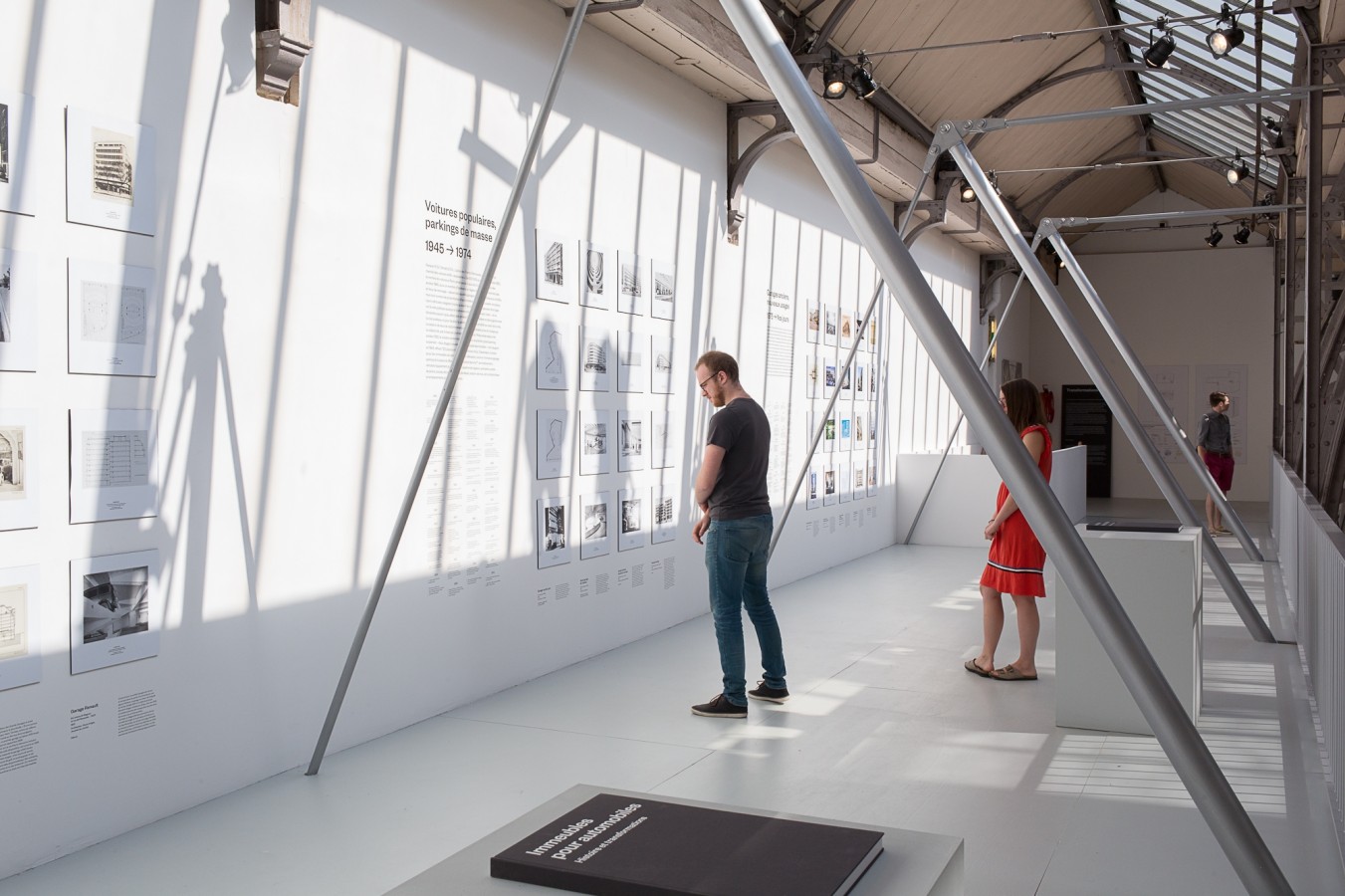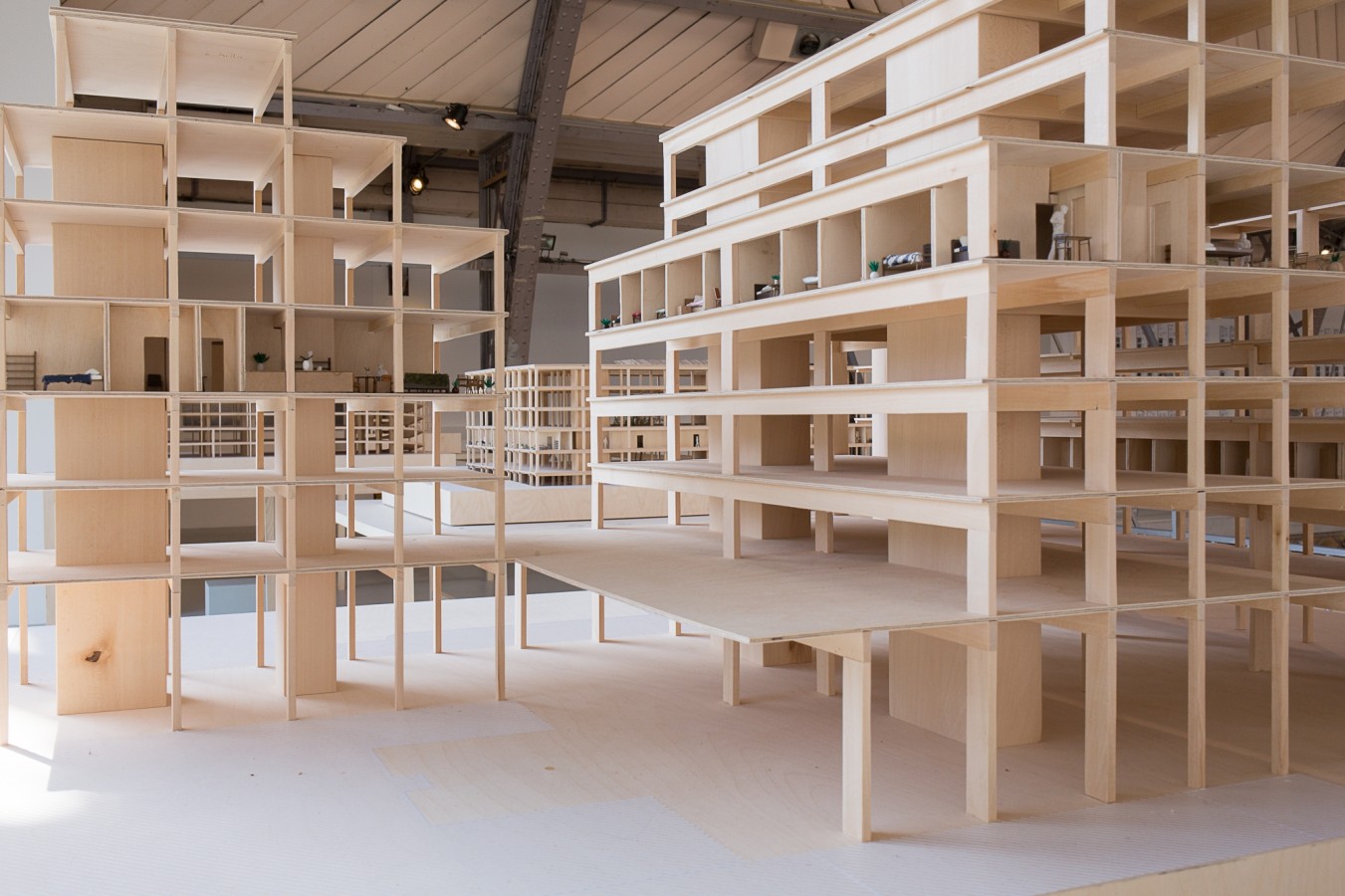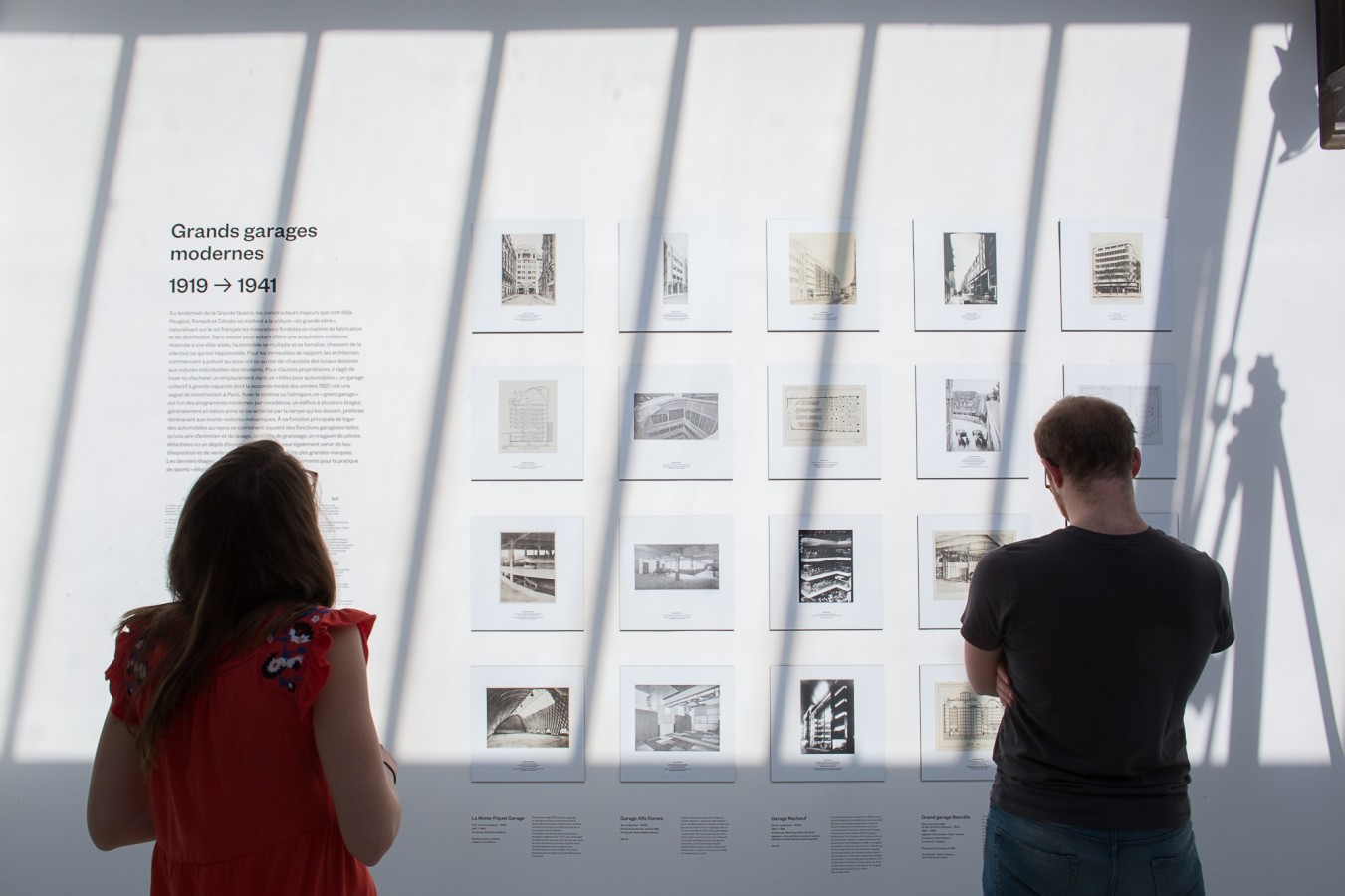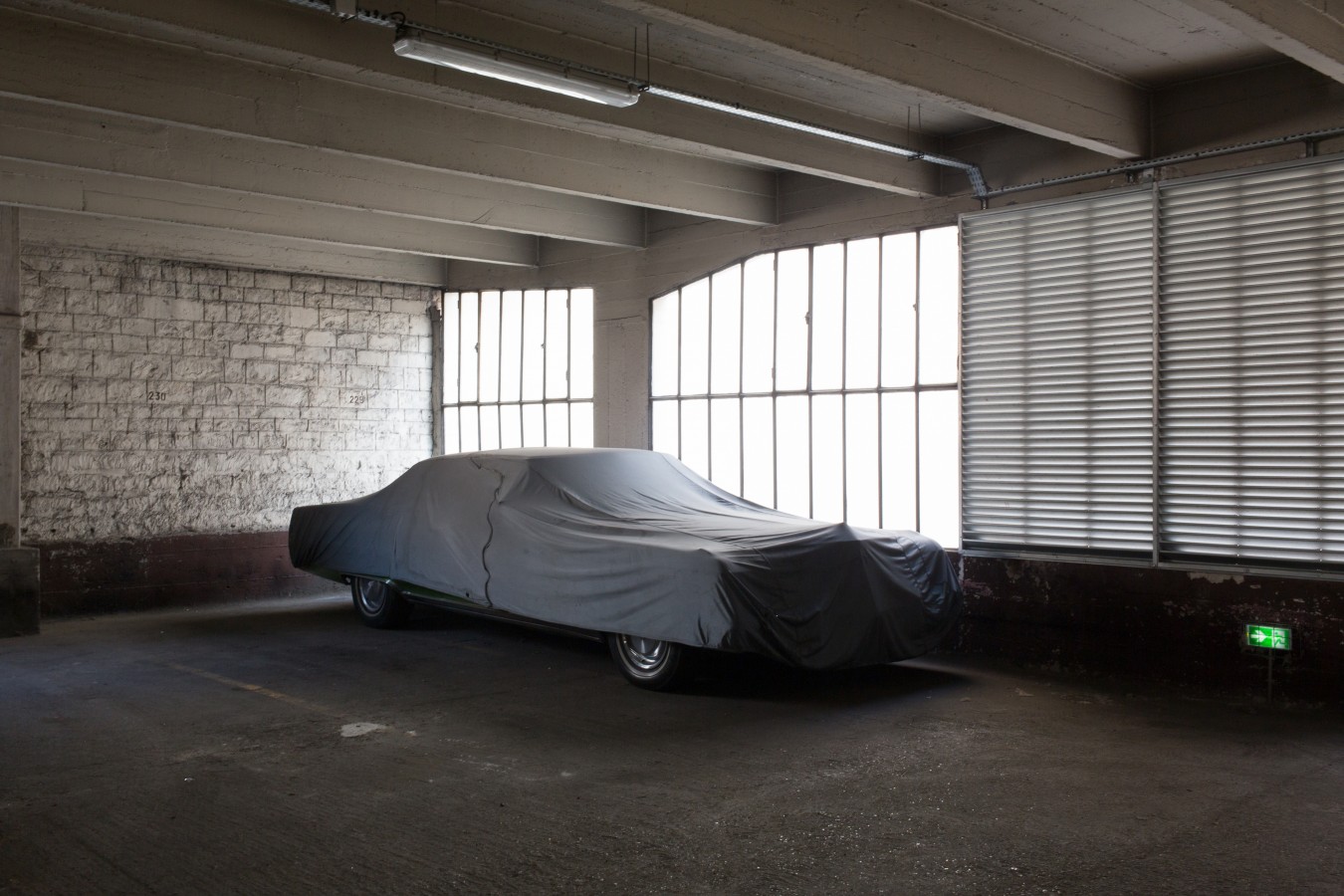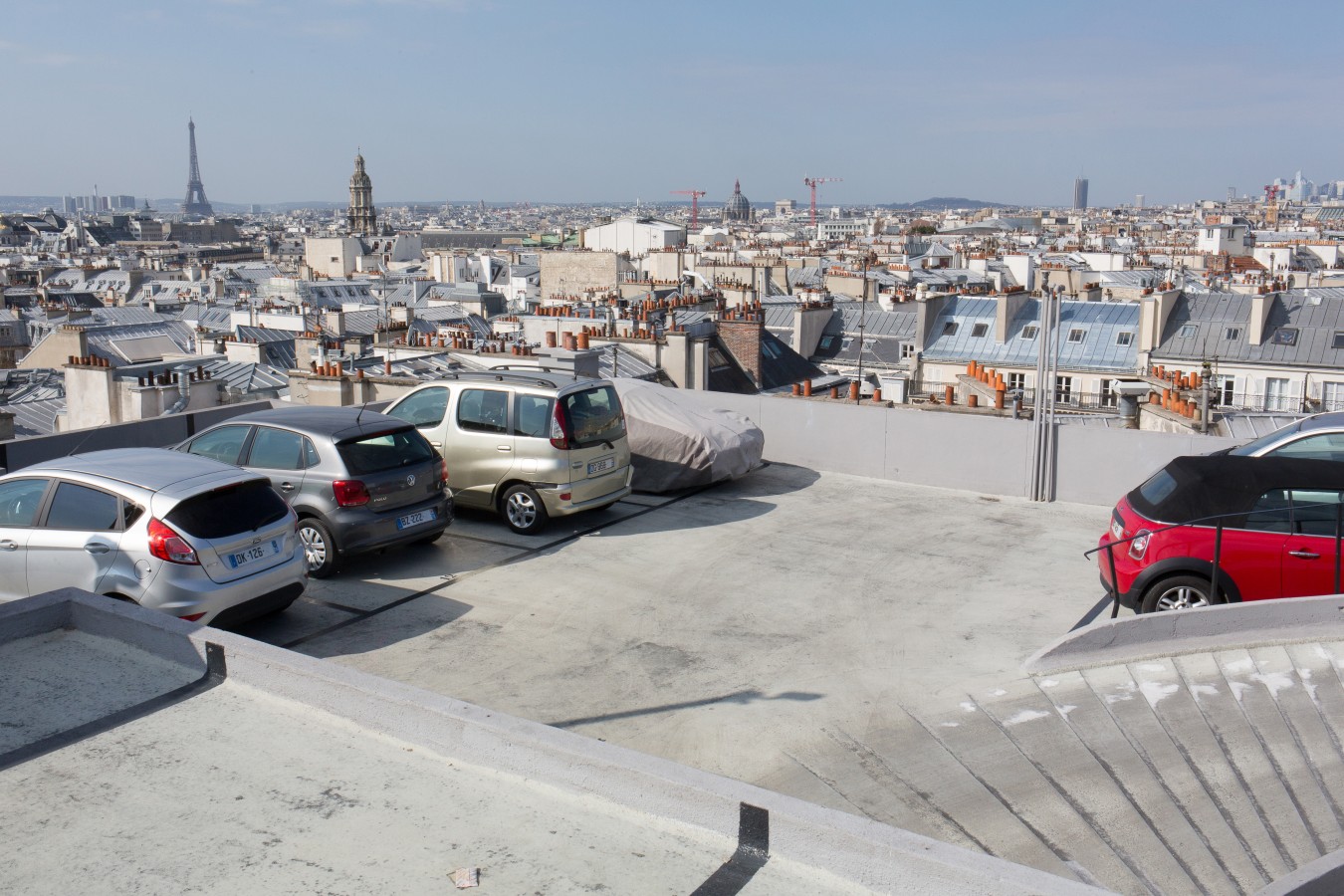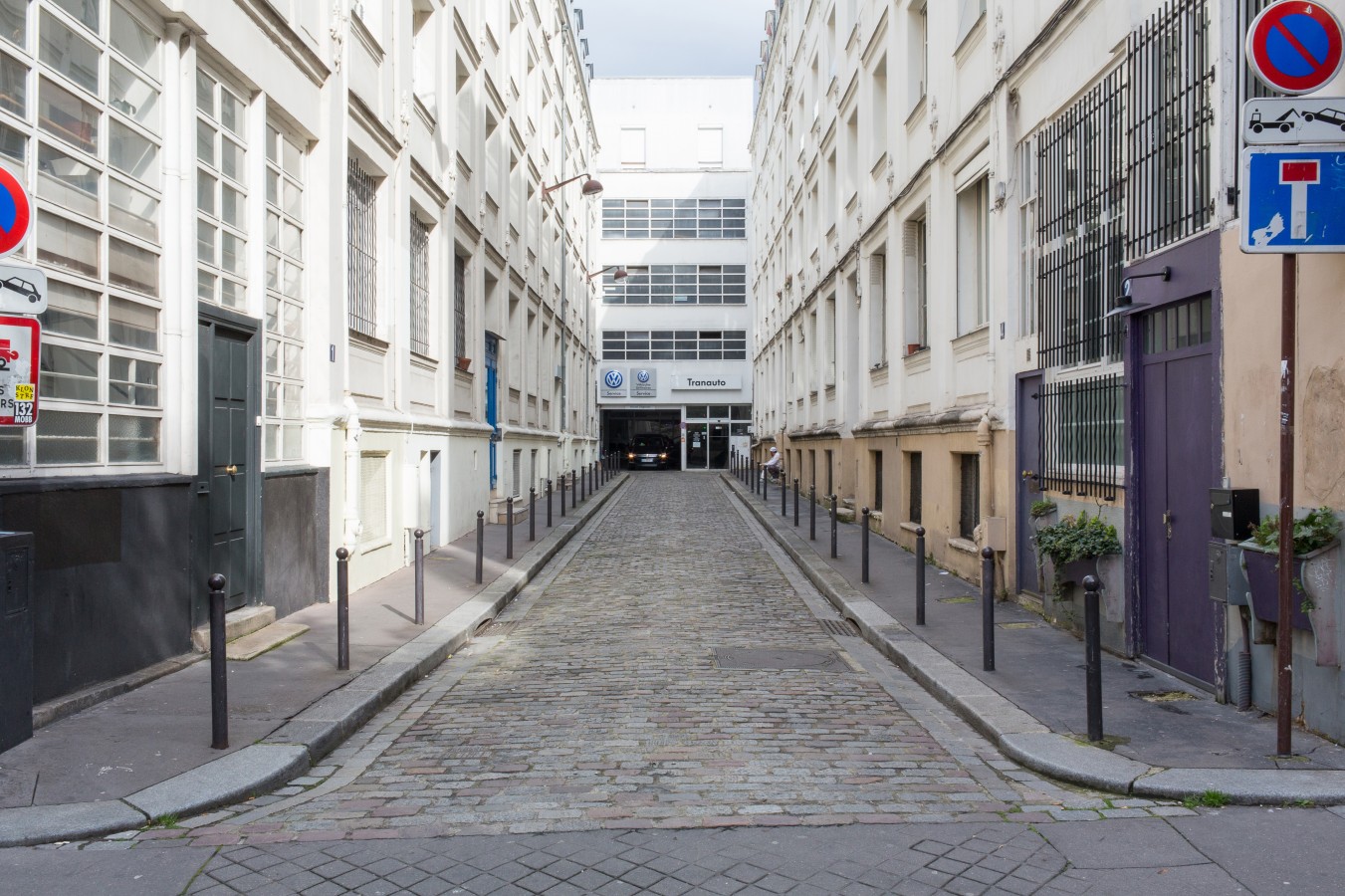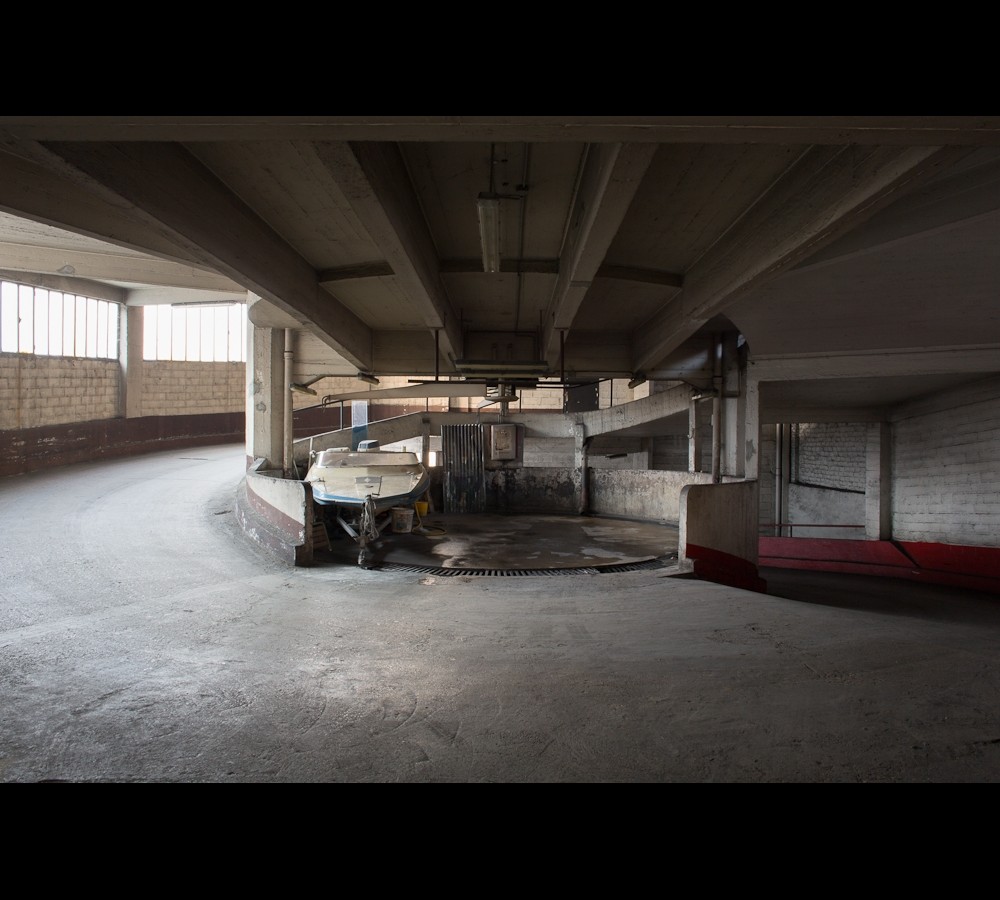At the end of the 19th century, the Paris
region became a hub for the automotive revolution. The spectacular, rapid diffusion
of the “automotive vehicle” was accompanied by new kinds of constructions designed
specifically for this new piece of technology. At their height, there were more
than a hundred buildings in Paris devoted to cars, called garages, car hotels,
or parking garages. Today, now that less than 35% of Parisian households own a
car, these aboveground parking structures are clearing out. Like abandoned modernist
constructions, deserted factories in the outlying faubourg areas, and empty warehouses, automotive architecture has
now also begun to change.
The exhibition “Buildings for Automobiles – History and Transformations” describes and envisions possible changes to these structures. Although individually each one represents an opportunity for redevelopment, taken as a whole, their number and location suggest a reuse of their existing structure to avoid their demolition. Conceived by the architects of the firm DATA with the historian Paul Smith, the engineer Raphaël Ménard, and the photographer Antoine Espinasseau, the exhibition explores in 4 sequences the potential of these buildings, whose characteristics (a rational structural system and a simplicity of operation) reveal them to be a kind of “capable skeleton” that we may be able to reprogram with new uses in the not too distant future, so that we continue to build our city not over itself, by replacing or by destroying it, but rather through itself, by transforming what is already there.
The exhibition “Buildings for Automobiles – History and Transformations” describes and envisions possible changes to these structures. Although individually each one represents an opportunity for redevelopment, taken as a whole, their number and location suggest a reuse of their existing structure to avoid their demolition. Conceived by the architects of the firm DATA with the historian Paul Smith, the engineer Raphaël Ménard, and the photographer Antoine Espinasseau, the exhibition explores in 4 sequences the potential of these buildings, whose characteristics (a rational structural system and a simplicity of operation) reveal them to be a kind of “capable skeleton” that we may be able to reprogram with new uses in the not too distant future, so that we continue to build our city not over itself, by replacing or by destroying it, but rather through itself, by transforming what is already there.
